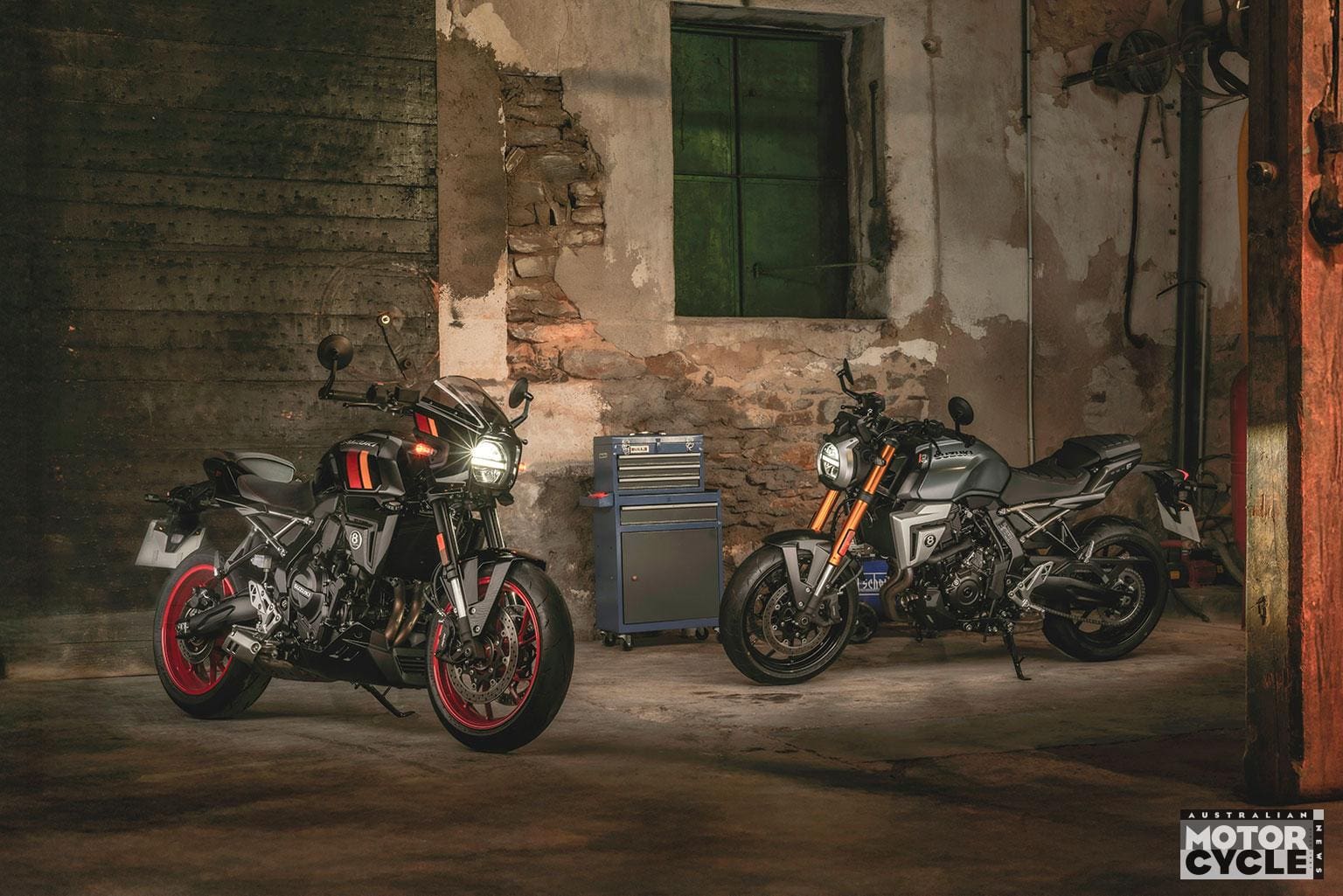We’ve been expecting Suzuki to launch more models based on the GSX-8S’s 776cc parallel twin for its 2026 model range, but despite rumours of a GSX-8GT sports tourer, the company has opted to add a pair of retro roadsters to the range.

The GSX-8T and GSX-8TT are closely related siblings, both mechanically identical to the GSX-8S but trading that bike’s razor-sharp 21st-century styling for 1970s-inspired shapes and colours evoking bikes like the GS1000S. Both add all-new bodywork, including a larger 16.5-litre fuel tank instead of the 8S’s 14-litre unit, new side panels, new tails, and a retro face dominated by a new, circular LED headlight.
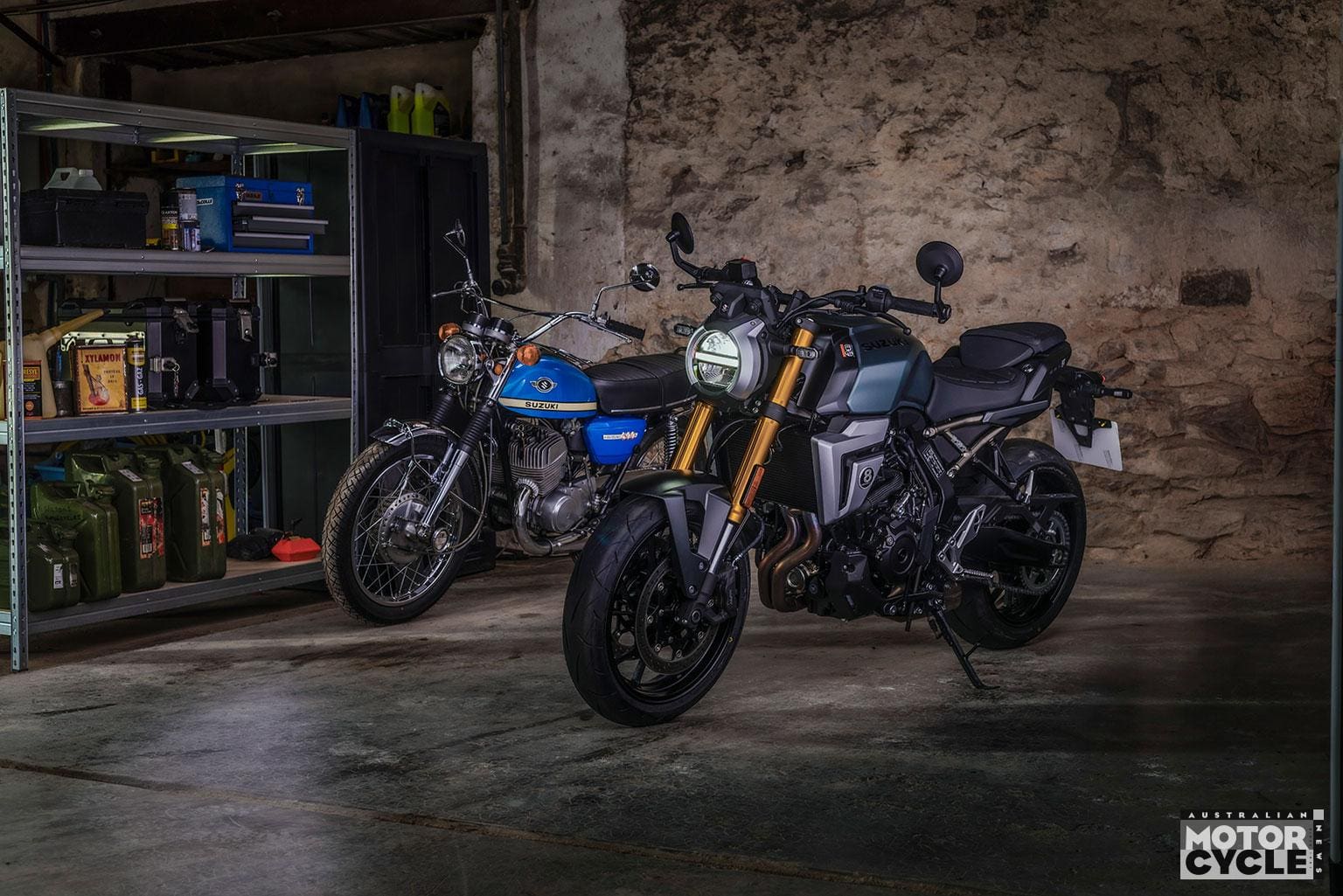
The GSX-8TT gets a sportier edge by surrounding that lamp with a bar-mounted nose fairing and low screen, while the GSX-8T takes a naked approach, but aside from their colour options and a more retro, rolled seat material on the 8T, these two new models are otherwise inseparable.
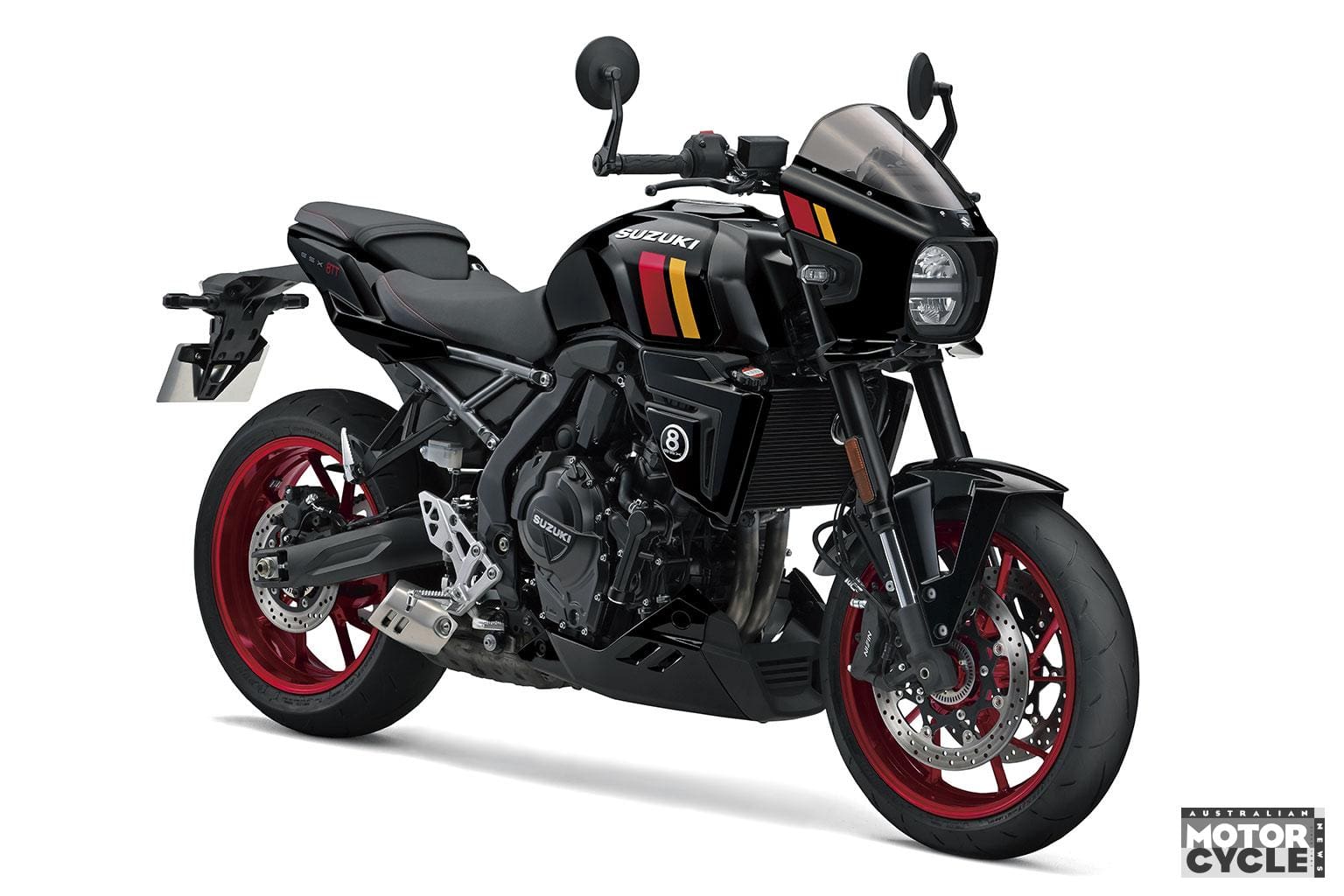
By borrowing all their mechanical parts from the GSX-8S, Suzuki has minimised development time and cost, while also simplifying the production process, expanding its range to appeal to more riders without making a huge R&D investment. The decision means that the 776cc parallel twin is already familiar, and makes the same 61kW peak at 8500rpm, along with maximum torque of 78Nm at 6800rpm, that we’ve already experienced on the 8S.
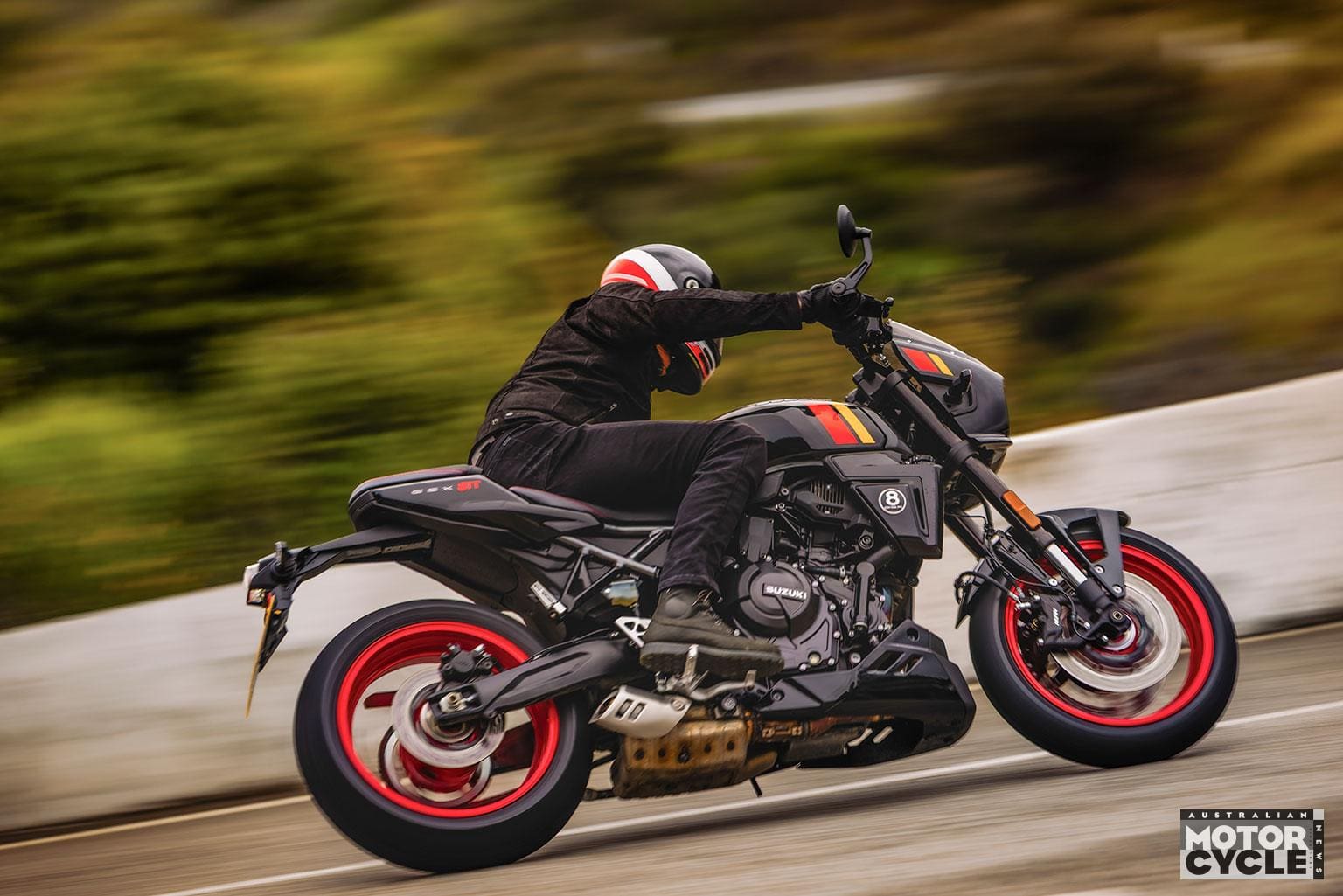
Similarly, the new bikes have the same tubular steel frame, aluminium swingarm and KYB suspension as the GSX-8S, with non-adjustable upside-down forks and a preload-adjustable monoshock. Unsurprisingly, the brakes are also unaltered, with the familiar Nissin four-pot calipers and 310mm discs at the front and a single-piston caliper and 240mm disc at the back.
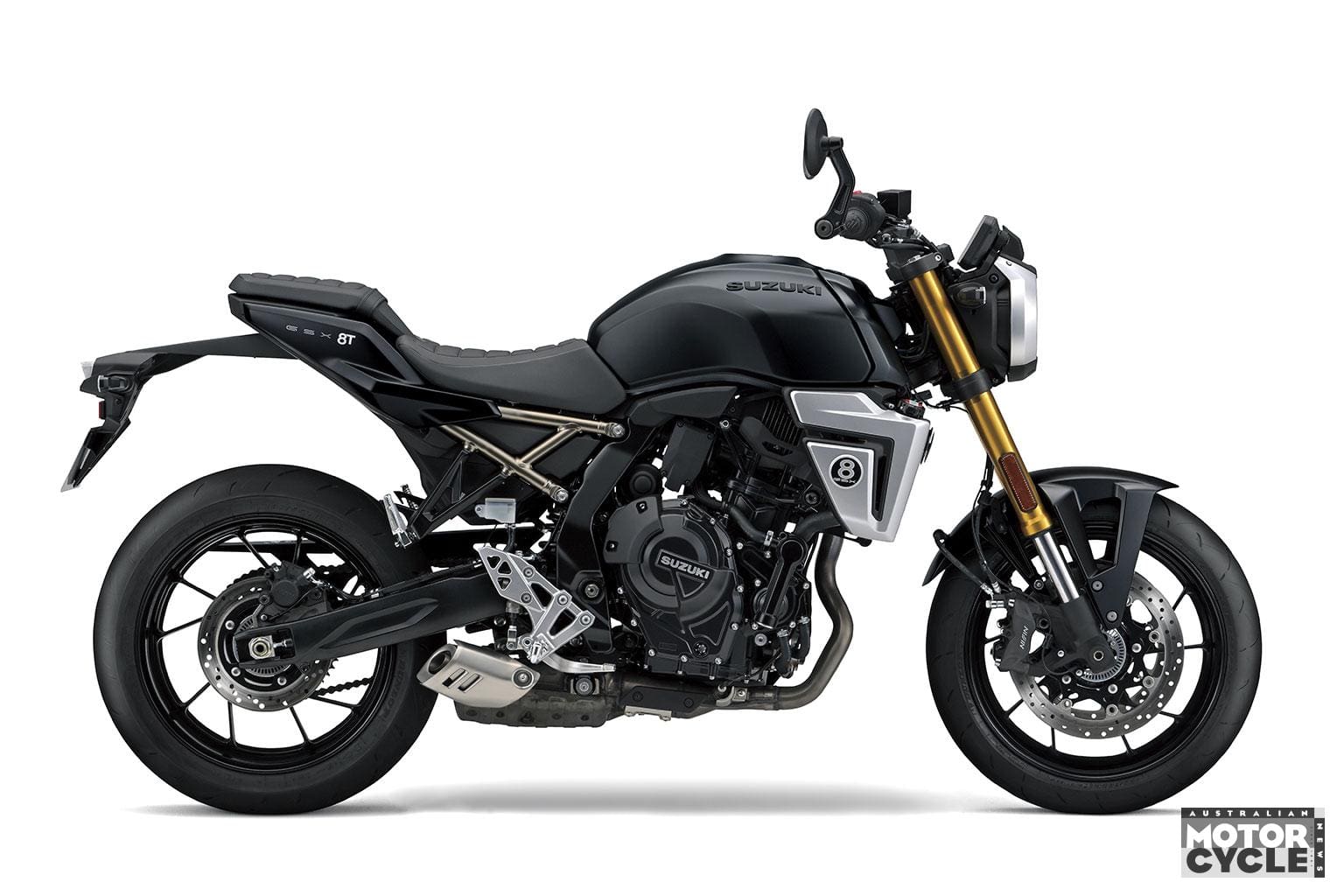
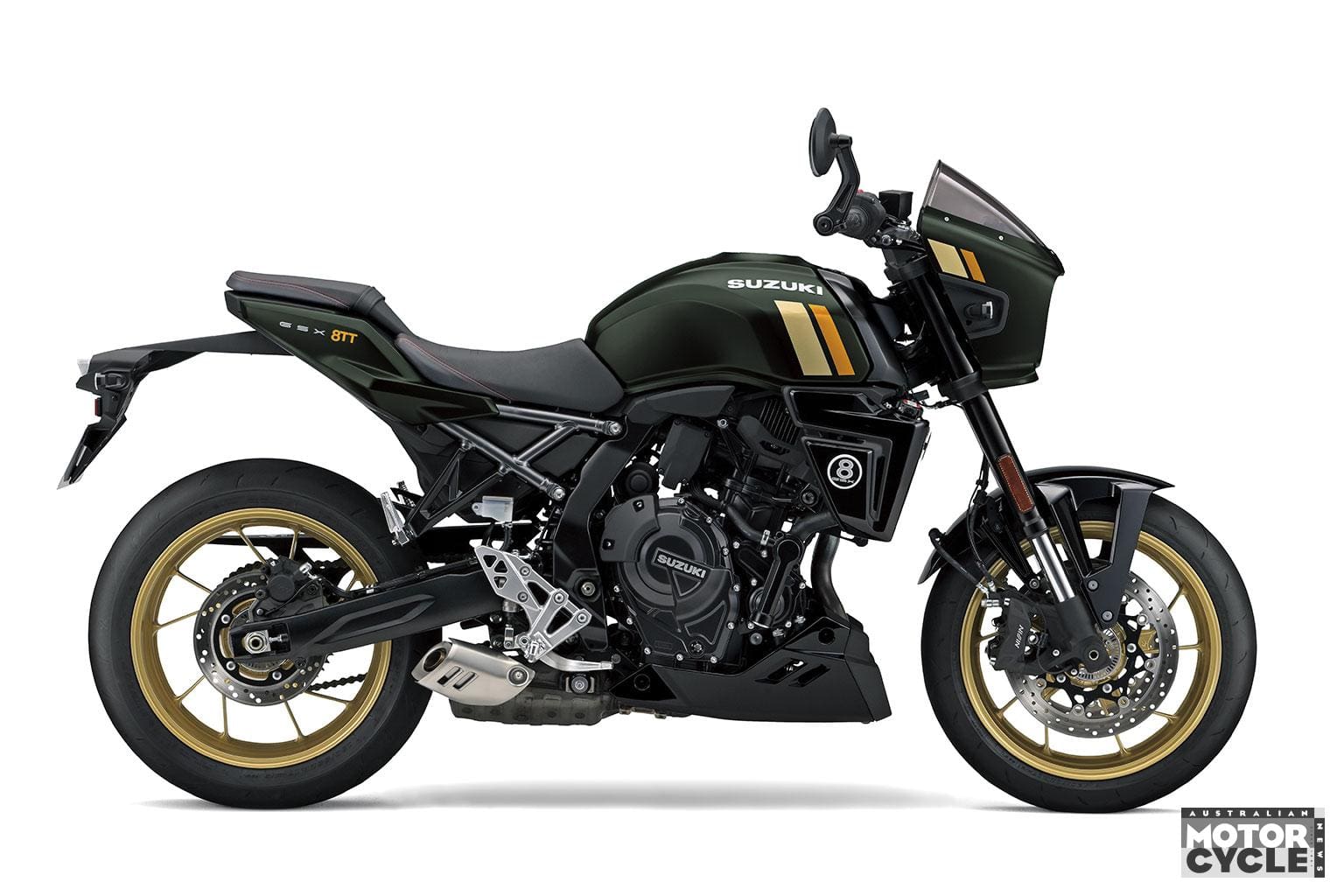
The shared parts mean the new GSX-8T and TT get standard-fit bidirectional quickshifters, traction control and ABS, as well as a trio of riding modes and the same 5-inch TFT display that you’ll find on the GSX-8S. The pegs, seat and bars are also positioned much the same as those on the GSX-8S, so the big difference is one of styling rather than the riding experience.

Suzuki hasn’t tried to mirror the appearance of a specific old model, instead offering a modern interpretation of general 1970s styling themes, most notably the GSX-8TT’s nose cowl, which has overtones of the Yoshimura GS1000S racers of the late 1970s. The new bikes’ profiles, though, are 21st-century, with short, high seat units and underbelly exhausts. Bar-end mirrors – rarely used on real 1970s bikes but often appearing on modern retro models evoking that era – are also added to the mix.
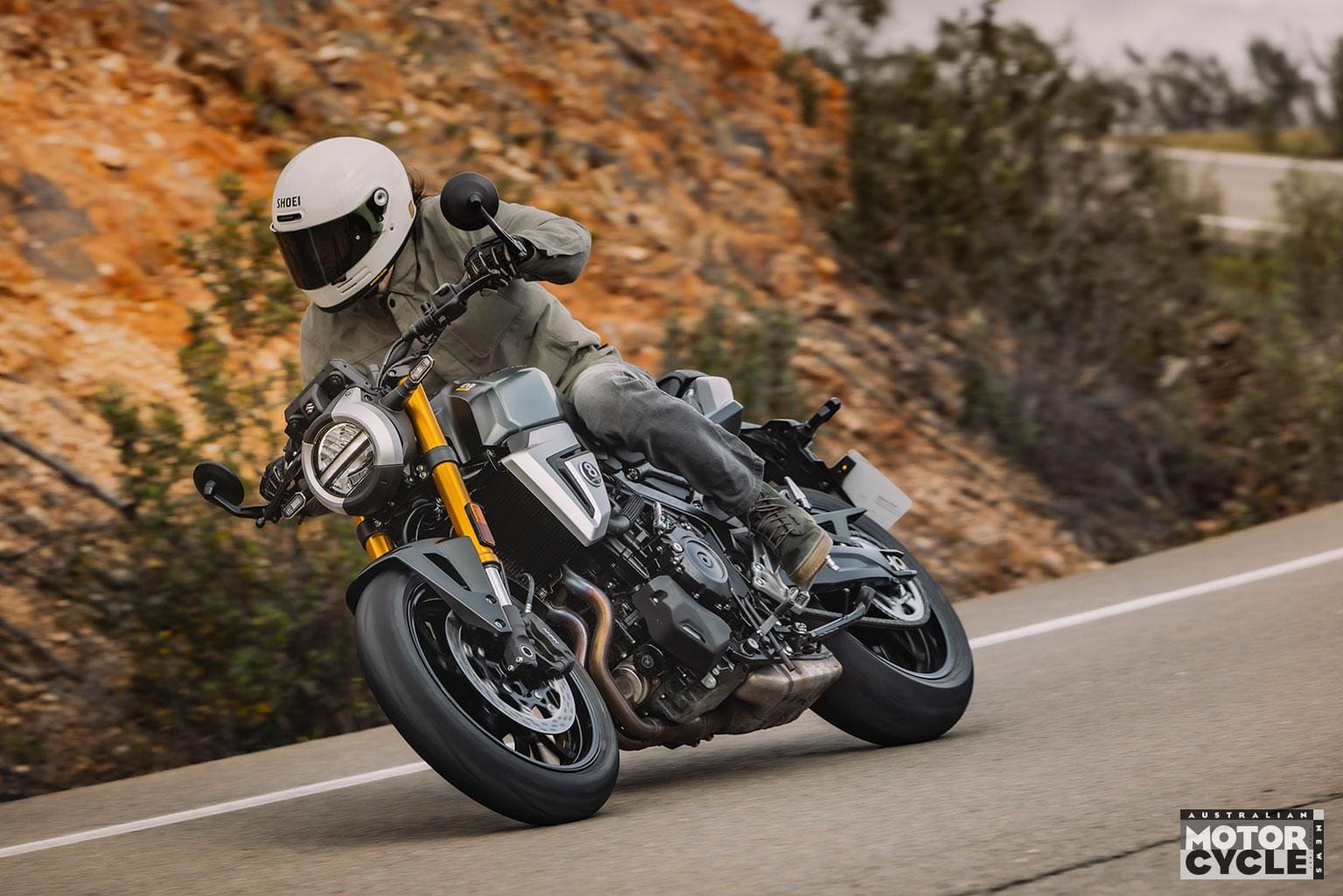
For equivalent models from other manufacturers, the GSX-8T and TT come closest to Yamaha’s XSR700 and XSR900, as well as Kawasaki’s Z650RS and Z900RS. But in terms of power, performance and price, the Suzukis slide in a notch above the smaller, two-cylinder models from its rivals, but below the larger, three-cylinder XSR900 and four-cylinder Z900RS, plugging a niche that means they don’t have many one-for-one competitors. Honda’s ageing CB650R is perhaps the closest in terms of its neo-retro appearance and its performance, but its four-cylinder engine means it’s quite a different prospect to the twin-cylinder Suzukis from a mechanical point of view.
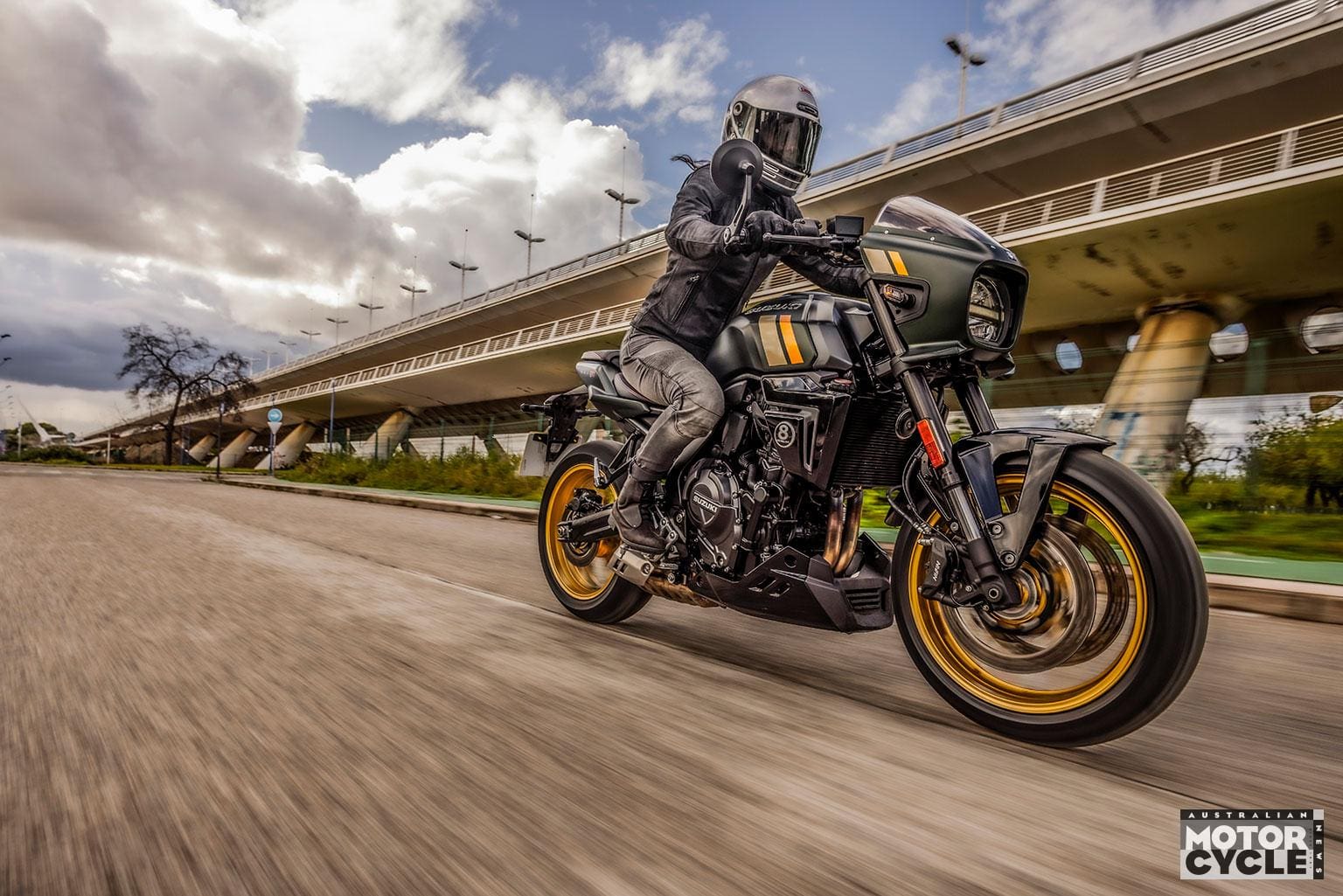
If you’re holding out for that GSX-8GT sports-tourer, don’t fear: Suzuki’s dedication to spreading its parallel twin platform into as many market segments as possible means just such a bike is likely to be added to the range at some stage in the future to compete with Yamaha’s Tracer models. We might just have to wait another year before it’s ready for launch.
